Data is now the foundation of successful marketing strategies. Among the various types of data, First Party Data stands out as a crucial asset for businesses aiming to connect with their audience on a deeper level. As we move into 2025, understanding the significance of First Party Data, its applications, and how it can be leveraged for precise segmentation is more important than ever. This blog will explore the definition of First Party Data, its practical use cases, and strategies for segmenting this data to maximise marketing impact.
1. What is First-Party Data?
First-party data is the information a company collects directly from its customers This data is gathered through various channels such as website interactions, mobile apps, social media, and email subscriptions. Because the data is collected firsthand, it is highly accurate and relevant, making it a valuable asset for businesses.
In 2025, the importance of first party data has grown significantly due to increased privacy regulations and the phasing out of third-party cookies. Companies are now focusing more on collecting and utilising first party data to create personalised experiences and build stronger relationships with their customers.
Understanding how to effectively use first party data can give businesses a competitive edge in their marketing strategies, allowing them to better segment their audience and deliver targeted content.
Why First Party Data Matters in 2025
In 2025, understanding what is first-party data is essential for businesses aiming to build stronger customer relationships and stay competitive. First-party data refers to the information collected directly from your audience through owned channels like websites, apps, and email interactions. As privacy regulations tighten and third-party cookies phase out, first-party data has become the most reliable and valuable source for personalised marketing. Companies now prioritise gathering and leveraging first-party data to deliver tailored experiences, improve targeting accuracy, and maintain customer trust in an increasingly privacy-focused digital landscape.
2. Benefits of First Party Data
First party data, collected directly from customers, offers several advantages that make it invaluable for businesses in 2025. This type of data is highly accurate and reliable, as it is sourced directly from customer interactions and behaviours. Companies can trust the insights derived from first party data, ensuring that their marketing efforts are grounded in reality.
a) Accuracy and Reliability
One of the most significant benefits of first party data is its accuracy. Since it comes from direct interactions with your audience such as website visits, app usage, or email engagements it reflects genuine customer preferences and behaviours. This accuracy leads to more effective targeting and personalised marketing strategies, making first party data a cornerstone of modern marketing.
b) Ownership and Control Over Data
Another key advantage is that businesses own and control their first party data. Unlike third-party data, which can be subject to restrictions and limitations, first party data gives companies full autonomy. This ownership allows for greater flexibility in how the data is used and ensures compliance with privacy regulations. Companies can also safeguard this data, protecting it from external threats.
c) Enhanced Customer Insights
First party data provides deep insights into customer behaviour, preferences, and needs. By analysing this data, businesses can create more personalised experiences that resonate with their audience. These insights enable companies to predict future trends, tailor marketing campaigns, and ultimately foster stronger customer relationships. In today’s competitive market, leveraging first party data effectively can be a significant differentiator.
By understanding and utilising the benefits of first party data, businesses can enhance their marketing strategies, improve customer engagement, and achieve better outcomes in 2025 and beyond.
3. How is First Party Data Collected?
First-party data is collected directly from interactions with customers through various touchpoints. Businesses typically gather this data via websites, mobile apps, and customer service channels. For instance, when users visit a website, their activities, such as page views and time spent on specific content, are tracked using cookies and analytics tools. E-commerce platforms collect data through purchase history, user preferences, and search behaviour. Additionally, businesses obtain first-party data through direct interactions, like customer surveys and feedback forms. This data is invaluable for tailoring advertising strategies, as it provides insights into customer behaviour and preferences. Unlike third-party data, which is acquired from external sources, first-party data offers a more accurate and reliable view of the customer, enhancing the effectiveness of first party data advertising and personalised marketing efforts.
4. Use Cases of First Party Data
First party data is invaluable in today’s digital marketing landscape. It refers to the data collected directly from your audience through your own channels, such as websites, apps, or CRM systems. Leveraging this data can enhance your marketing strategies and drive better results.
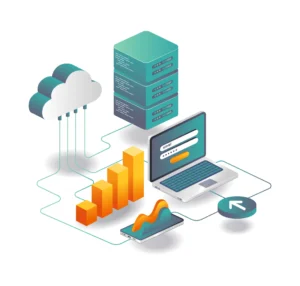
a) Personalised Marketing Campaigns
One of the most significant use cases of first party data is in creating personalised marketing campaigns. By understanding your audience’s preferences, behaviours, and interactions, you can tailor content and offers that resonate with them. This leads to higher engagement rates and more effective communication.
b) Customer Retention Strategies
First party data plays a crucial role in developing robust customer retention strategies. By analysing customer interactions, purchase history, and feedback, businesses can identify key factors that influence customer loyalty. This data-driven approach allows for targeted retention efforts, such as personalised offers or loyalty programs, that keep customers coming back.
c) Product Development
First party data can also be a goldmine for product development. By collecting and analysing user feedback, businesses can gain insights into what features or products are most desired by their audience. This data helps in making informed decisions that align with customer needs, leading to more successful product launches and updates.
d) Advertising Efficiency
Using first-party data enhances advertising efficiency. With a clear understanding of your audience, you can optimise ad targeting, reducing wasted spend on irrelevant audiences. This precision targeting improves ROI and ensures that your marketing budget is used effectively, reaching the right people at the right time.
5. Segmentation Strategies with First Party Data
First-party data is a goldmine for crafting effective segmentation strategies. By leveraging data directly from your audience, you can create more personalised and targeted marketing campaigns. Here’s how first-party data enhances various segmentation strategies:
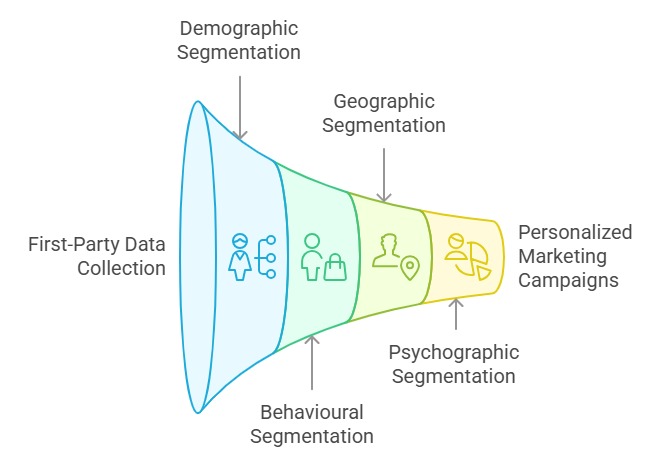
a) Demographic Segmentation
Demographic segmentation involves categorising your audience based on characteristics like age, gender, income, and education level. First-party data helps you accurately identify these details, ensuring that your marketing messages resonate with specific demographic groups.
b) Behavioural Segmentation
Behavioural segmentation focuses on understanding how your audience interacts with your brand. First-party data, such as purchase history and website activity, allows you to segment customers based on their behaviour. This approach helps in delivering personalised experiences that drive engagement and loyalty.
c) Geographic Segmentation
Geographic segmentation divides your audience based on their location. First-party data, including IP addresses and shipping details, can be used to target specific regions with tailored content. This strategy is particularly useful for businesses with location-specific offers or events.
d) Psychographic Segmentation
Psychographic segmentation goes beyond demographics to explore your audience’s lifestyle, interests, and values. First-party data collected from surveys, social media interactions, and user preferences can help you create psychographic profiles. This allows for deeper personalization and more effective communication with your audience.
First Party Data vs. Third Party Data: Key Differences and Why It Matters in 2025
When businesses explore customer data strategies, one of the most common questions is: what is first-party data and how does it compare to third-party data?
What is First-Party Data?
First-party data refers to the information a company collects directly from its customers. This includes data gathered from website visits, mobile app interactions, email subscriptions, and purchase histories. Because first-party data is collected firsthand, it is highly accurate, relevant, and reliable. Companies have full control over this data, which makes it essential for building personalised marketing strategies and strengthening customer relationships.
What is Third-Party Data?
Third-party data, on the other hand, is information collected by external organisations that do not have a direct relationship with the customer. This type of data is often aggregated from various sources and sold to businesses for advertising purposes. However, third-party data is becoming less reliable due to increasing privacy concerns, regulatory changes, and the phasing out of third-party cookies.
Key Differences Between First-Party Data and Third-Party Data:
| Feature | First-Party Data | Third-Party Data |
|---|---|---|
| Source | Directly from customer interactions | Collected by external organisations |
| Accuracy | Highly accurate and reliable | May be outdated or less precise |
| Control | Full ownership and control by the company | Limited control over data usage and updates |
| Compliance | Easier to comply with privacy regulations | Higher privacy risks and potential restrictions |
| Personalisation | Enables precise and personalised marketing | Less effective for deep personalisation |
Why First-Party Data is the Future
In 2025 and beyond, first-party data will be the foundation of effective digital marketing. With the decline of third-party cookies, businesses need to prioritise first-party data collection to stay competitive. Companies that can build robust first-party data strategies will gain a significant advantage in creating targeted, meaningful, and privacy-complaint customer experiences.
By utilising first-party data in these segmentation strategies, businesses can achieve more precise targeting and ultimately drive better marketing outcomes.
Want to advertise with first-party data? Get Started With HT One Audience Now!
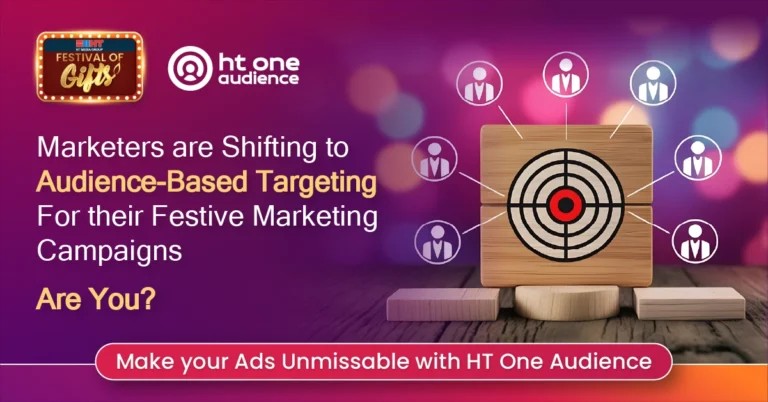
Frequently Asked Questions
What is First-Party Data and Why is it Important in 2025?
First party data refers to information that a company collects directly from its customers or audience through interactions like website visits, app usage, and email engagements. In 2025, it has become increasingly important due to stricter privacy regulations and the decline of third-party cookies, making it a crucial asset for personalised marketing and building stronger customer relationships.
How Can First Party Data Enhance Marketing Campaigns?
First-party data allows businesses to create highly personalised marketing campaigns by understanding customer preferences and behaviours. This data-driven approach leads to more effective targeting, higher engagement rates, and improved customer loyalty, ultimately driving better marketing results.
What are the Key Benefits of Using First Party Data Over Other Types of Data?
First-party data offers several advantages, including accuracy, reliability, ownership, and control. Because it is collected directly from customer interactions, it provides deep insights that are essential for personalised marketing, customer retention, and product development, giving businesses a competitive edge.
How is First Party Data Collected and Used by Companies Like HT One?
Companies like HT One collect first-party data through direct interactions with users across various touchpoints, such as websites, apps, and customer service channels. This data is then used to create personalised experiences, improve customer engagement, and enhance advertising efficiency, contributing to long-term business growth.
What Segmentation Strategies Can Be Implemented Using First Party Data?
First-party data can be utilised in various segmentation strategies, including demographic, behavioural, geographic, and psychographic segmentation. By leveraging this data, businesses can create more targeted and personalised marketing campaigns, leading to better customer engagement and higher conversion rates.
Ready to take your brand to the next level? Connect with us today to explore how HT Media can amplify your presence across our diverse portfolio of 25+ brands and properties. Let's turn your brand vision into reality!

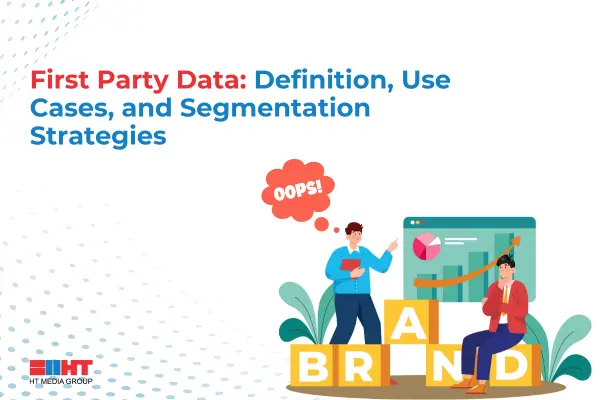
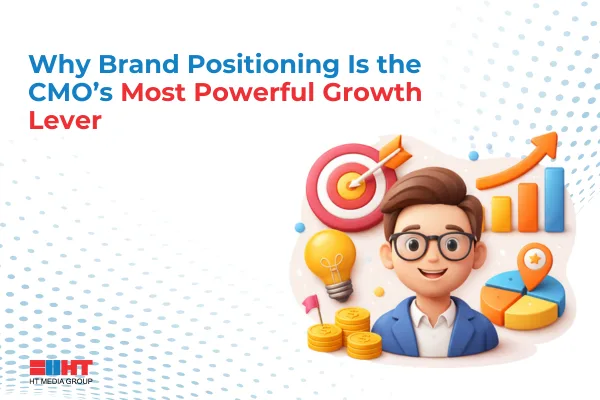
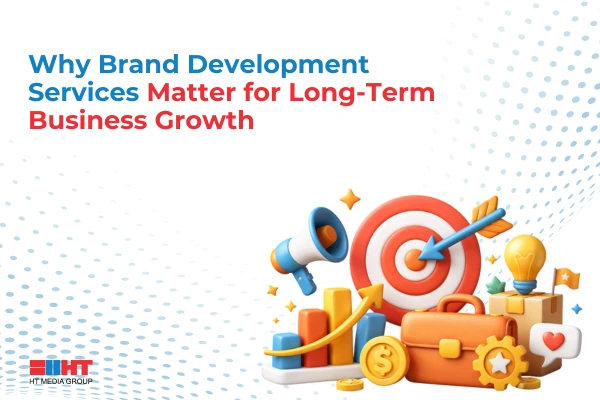

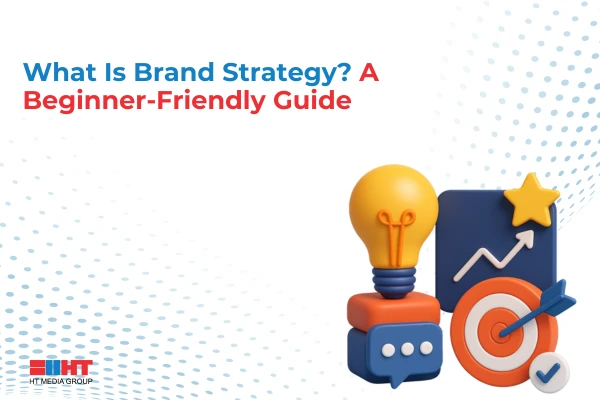

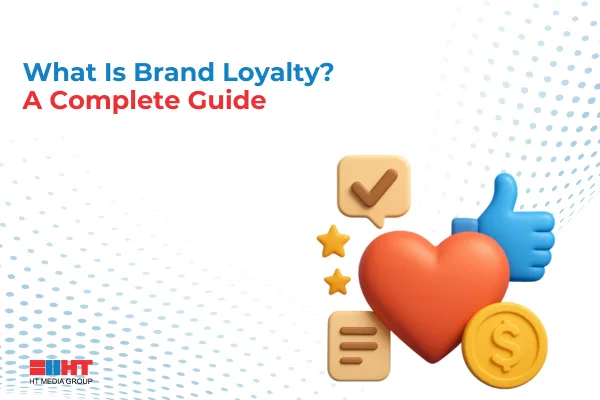
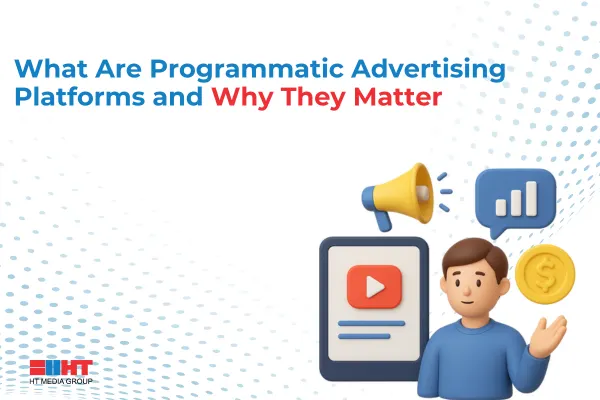
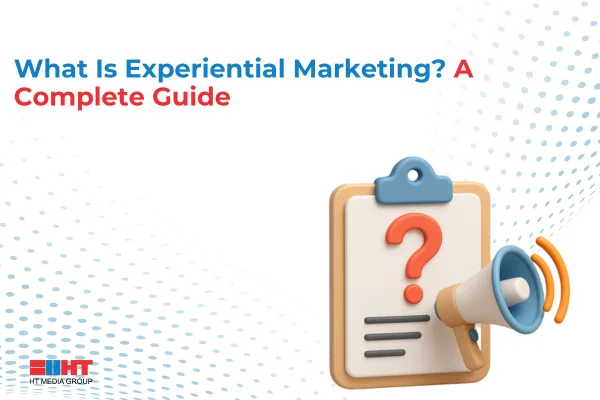

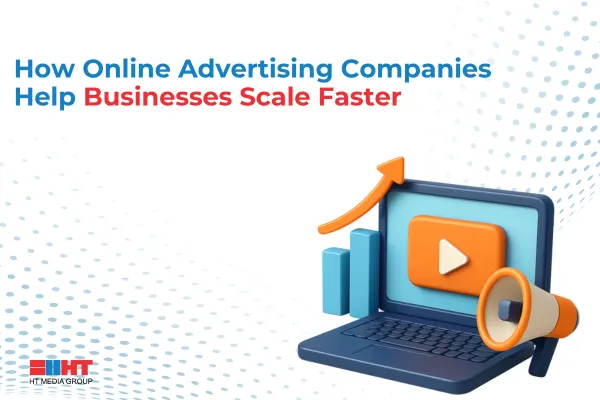
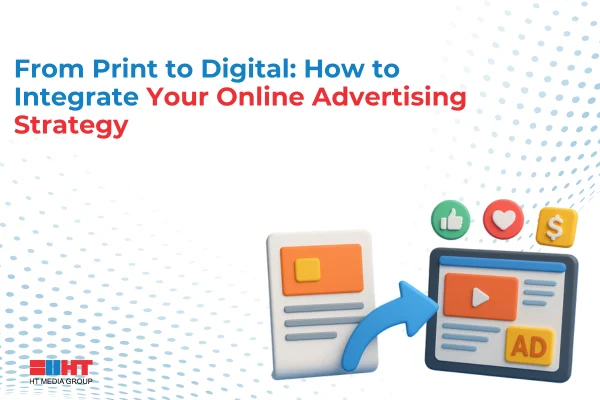
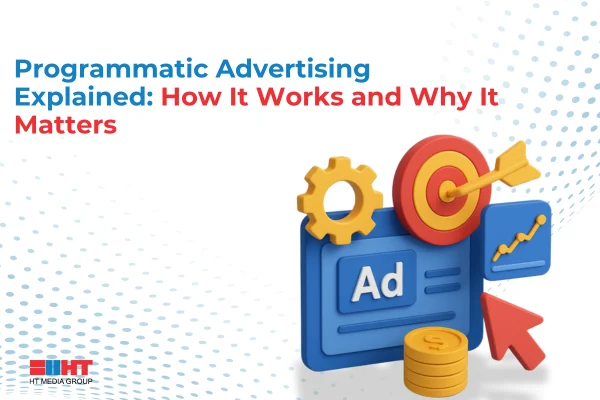
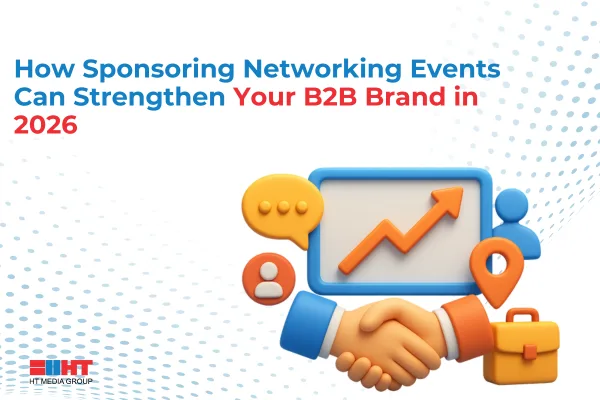
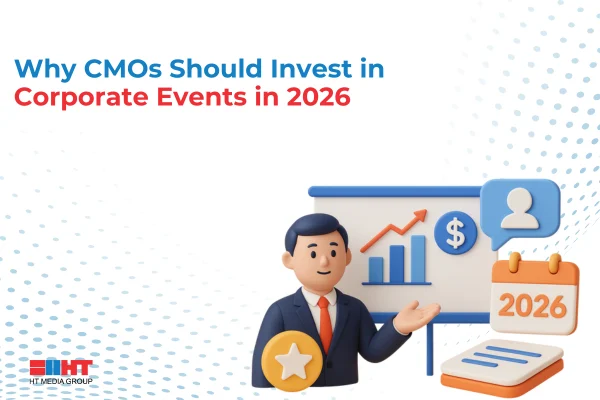

Comment